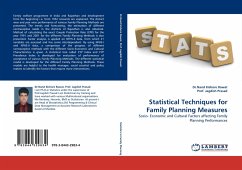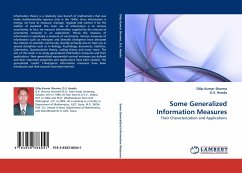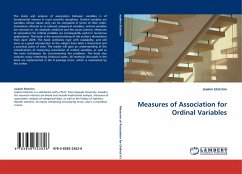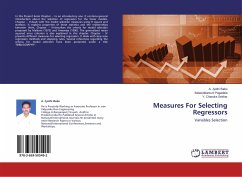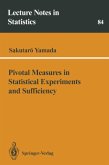Family welfare programme in India and Rajasthan and development from the beginning i.e. from 1952 onwards are explained. The district wise and year wise performance of various Family Planning Methods are presented. The trends and forecasting, the estimation of different contraceptive needs in the districts of Rajasthan is also obtained. Method of calculating the exact Couple Protection Rate (CPR) for the year 1991 and 2001 for the different Family Planning Methods is also presented. Factor analysis is applied on NFHS-II data, from which 21 variables are assessed and has some interdependent. By using NFHS-I and NFHS-II data, a comparison of the progress of different contraceptive methods with the different Socio-Economic and Cultural Characteristics is given. A statistical tool called CYP Index and CYP Prevalence Index is developed for evaluation of performance of acceptance of various Family Planning Methods. The different statistical model is developed for the different Family Planning Methods. These models are helpful to the health manager, social scientist and policy makers to identify the factors that require more interventions.

